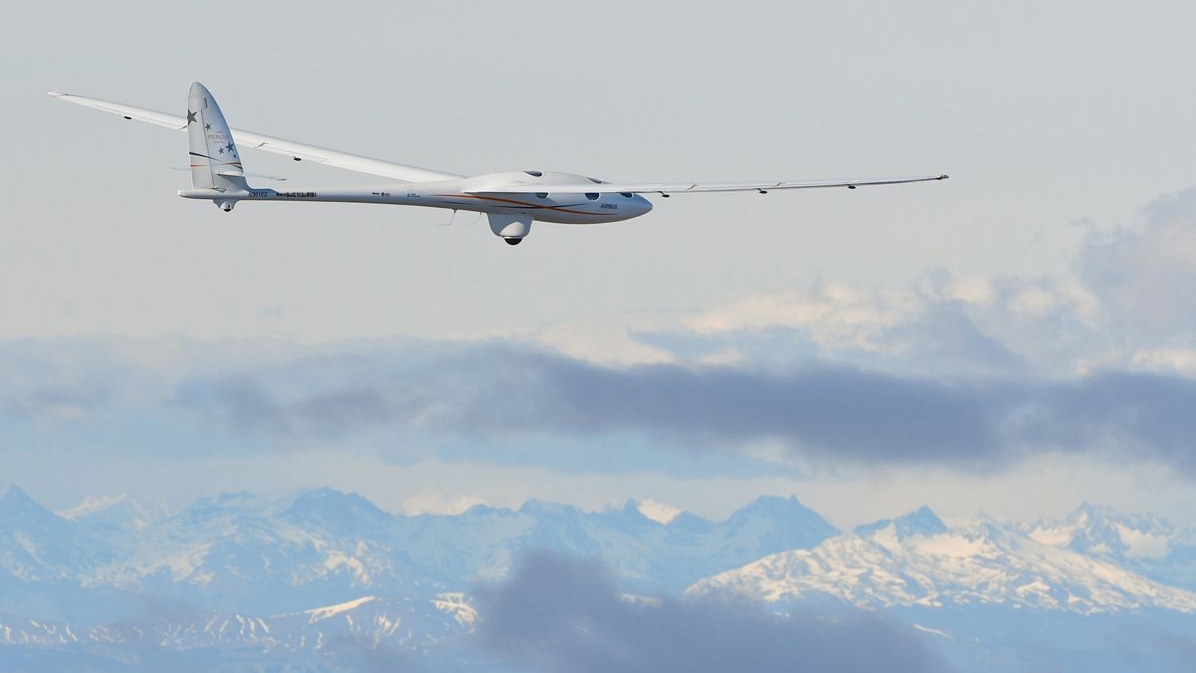A plane without an engine is headed to the edge of space
Quite the feat for such an innovative craft

For several years, an all-volunteer team of aviators and scientists have been working on getting a glider to the edge of space.
For many years, it was thought impossible that gliders - which lack engines - could sustain themselves at extreme altitudes. Gliders need air to achieve lift, but as you get higher and higher into the sky the amount of air available decreases dramatically.
In 2006, however, pilots Steve Fossett and Einar Enevoldson took a standard glider named Perlan I up to an altitude of 15.5km using a meteorological phenomenon called stratospheric waves.
Minus 70°C
Now, a new group of pilots are hoping to best that. The Perlan team are building a new glider with wings that can fly with less than three percent of normal air density and in temperatures of minus 70°C.
The testing is going well. In a model named Perlan 2, pilots Jim Payne, Morgan Sandercock, Tim Gardner and Miguel Iturmendi recently set an altitude record for their craft at 9.9km over El Calafate in Argentina.
They have their sights set much higher - the target altitude is 27.4km. But the goal isn't solely to hit big numbers.
"The Perlan 2 will fly to 90,000 feet at the edge of space to explore the science of giant mountain waves that help create the ozone hole and change global climate models," wrote the team, which is supported by Airbus.
Get daily insight, inspiration and deals in your inbox
Sign up for breaking news, reviews, opinion, top tech deals, and more.
High altitude turbulence
By collecting data from the upper reaches of the atmosphere in a craft that, unlike a weather balloon, can stay in place and be steered, the team wants to find out more about the factors that drive climate change. They also hope to collect data on the effects of high altitude turbulence and radiation on pilots and aircraft.
Perlan Project CEO Ed Warnock said, "Just last month the world witnessed another reminder of the importance of understanding climate change, with the fracture from the Antarctic ice shelf of an iceberg the size of the state of Delaware."
